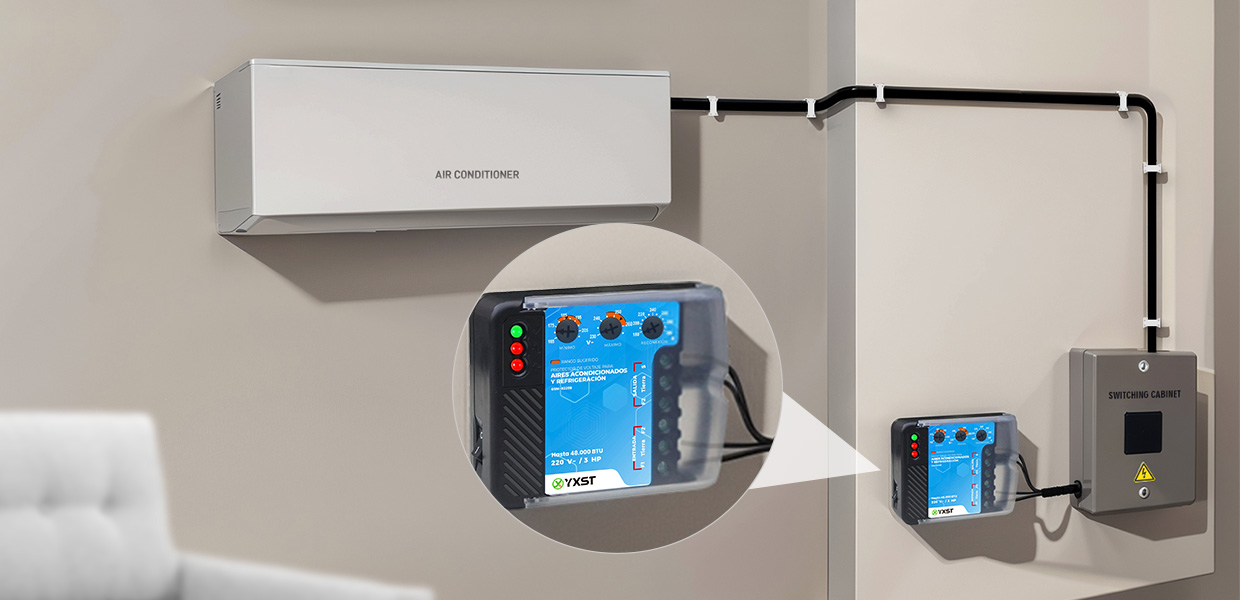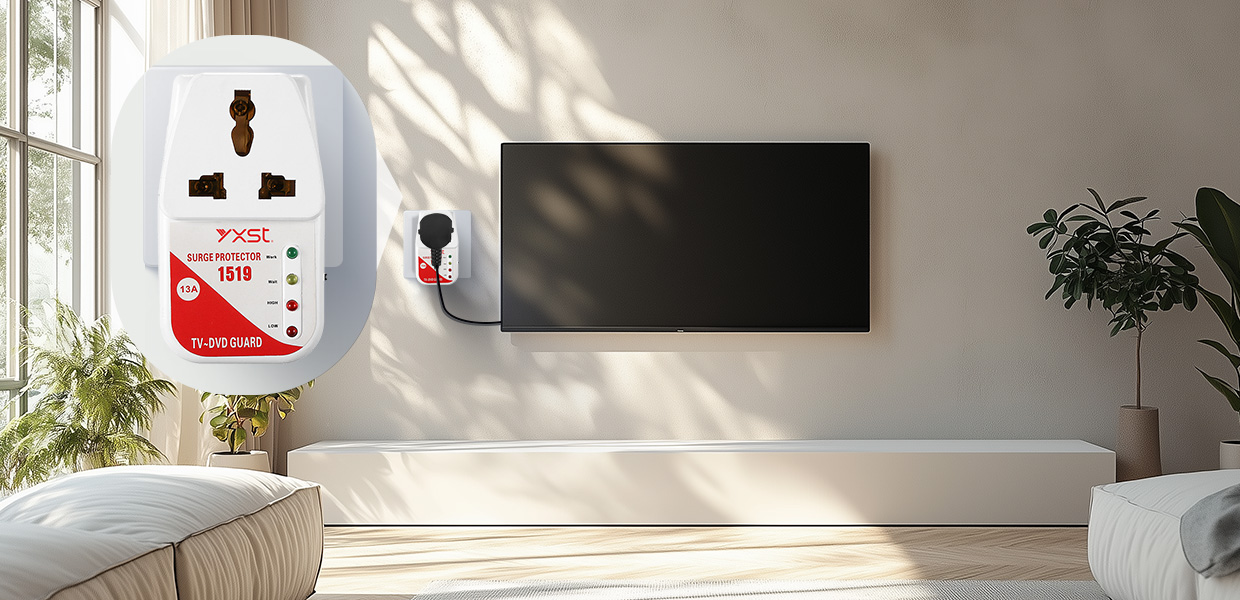Automatic Voltage Protector: Boost Your Home & Office Safety
Date:2025-03-21 Click:532
Introduction: Why Automatic Voltage Protectors Matter in 2025
In an era where electrical appliances dominate daily life and industrial operations, voltage fluctuations remain a silent threat. From damaging expensive refrigerators to disrupting machinery, an unstable power supply costs households and offices billions annually. This is where Automatic Voltage Protectors (AVP) shine as unsung heroes. Designed to monitor and regulate voltage in real-time, these devices ensure safety, longevity, and efficiency for both residential and office applications.
Technical Insights: How Automatic Voltage Protectors Work
1. Key Features of Modern AVP
- Over/under-voltage cutoff: Devices like the Yixing N020-220 automatically disconnect power at 165V–265V thresholds, preventing damage to air conditioner,refrigerators and TVs.
- Surge protection: - Smart delay restart: delay prevents short-circuit risks during voltage recovery.

2. Industry Applications
- Home use: Protects appliances like refrigerators (13A capacity) and AC units. Yixing offer compact designs with UK-standard plugs.
Market Trends: Why AVP (Automatic Voltage Protector) will flourish in 2025
1. Smart homes and new energy grid connections drive demand growth
With the popularization of smart home devices (such as smart air conditioners and refrigerators), the requirements for voltage stability in household electricity scenarios have increased significantly. When connected to the home power grid, voltage fluctuations are more frequent. AVP can monitor and adjust voltage in real time to protect high-value electrical appliances from damage.
2. Strong driving force of policy subsidies and consumption upgrades
The "old for new" policy introduced by the state in 2005 provides high subsidies for home appliance updates, stimulating families to replace old appliances and driving the purchase of supporting protection equipment. For example, high-power appliances such as air conditioners and washing machines must be equipped with AVP to ensure safe operation. The policy dividend directly drives market demand.
3. Improvement of household electricity safety awareness
In recent years, electrical fire accidents caused by unstable voltage have occurred frequently, prompting home users to actively install AVP as a "power firewall". For example, some AVP products have functions such as automatic power off due to overvoltage, which can reduce the failure rate of household circuits by more than 60%.
Consumers' concern about the life of electrical appliances has also driven demand. Studies have shown that voltage fluctuations can shorten the life of equipment such as refrigerators and TVs by 0%-30%, while AVP can control this loss by 5%.
4. Product function iteration and price accessibility
Household AVP is developing from a single protection function to integration. For example, some products integrate surge protection, overload protection, and under voltage protection, and one machine can solve the needs of multiple scenarios. At the same time, the acceleration of the localization process has significantly reduced prices, and the price-performance ratio of mainstream household AVP prices is outstanding.
Future Outlook
It is expected that by the end of 2005, the market penetration rate of household AVP will increase from 15% in 2000 to 40%, becoming one of the fastest-growing sub-categories in the smart home field. Products will be further upgraded in the direction of lightweight, high compatibility, and AI predictive maintenance.
Related articles recommended:
→ Automatic Voltage Protector (AVP) vs. Leakage Protector: A Big Reveal of Home Safety Devices


